Categories
- Argentina
- Chile
- Antarctica
- Easter Island
- Falklands (Malvinas)
- Bolivia
- Peru
- Uruguay
- Paraguay
- Brazil
- Venezuela
- Colombia
- Ecuador
- Galapagos
- Panama
- Costa Rica
- Cuba
- Nicaragua
- Honduras
- El Salvador
- Guatemala
- Belize
- Mexico
- Latin American Xmas
Pages
- Street Art of Buenos Aires
- A week in Buenos Aires
- The Jesuit Missions in South America
- Contact Us
- Map of Central America
- First week in Latin America – October 2009
- Home Page
- Map of South America
Archives
- October 2011 (3)
- September 2011 (9)
- August 2011 (10)
- July 2011 (7)
- June 2011 (6)
- May 2011 (11)
- April 2011 (10)
- March 2011 (4)
- February 2011 (5)
- January 2011 (6)
- December 2010 (6)
- November 2010 (4)
- October 2010 (8)
- September 2010 (5)
- August 2010 (7)
- July 2010 (5)
- June 2010 (6)
- May 2010 (6)
- April 2010 (7)
- March 2010 (6)
- February 2010 (9)
- January 2010 (4)
- December 2009 (8)
- November 2009 (5)
- October 2009 (2)
San Cristóbal de Las Casas
13th July 2011
It´s 165 kilometres from Palenque [11] to San Cristóbal de las Casas [12], but the bus takes over 5 hours as it winds through the jungle climbing 2000 meters on the way.
.
Founded by the Spanish in 1528 in the cool south eastern highlands of México and surrounded by hills covered with pine forests, San Cristóbal is one of our favourite colonial towns. Having an apartment in La Casa Morada for a week, we wasted no time going to the colourful, bustling indigenous market to pick up fresh veggies for dinner. Mayan women from outlying villages in eye-catching traditional dress sell produce and crafts. In the Museum of Amber we saw beautiful pieces of the fossilized pine resin, some embedded with insects millions of years ago. Our second favourite bar in the world is La Viña de Bacco where we tasted some excellent Mexican wines with great tapas.
.
The best way to appreciate the stunning Sumidero Canyon to the west of San Cristobal is by boat. The sheer walls disappear up into the clouds and 250 metres below the water. On the return trip we stopped in Chiapa de Corzo to see the huge cathedral and a brick fountain built by the Spanish, completed in 1562 in the Mudeja Gothic style to resemble a Spanish crown.
.
The village of San Juan Chamula, 10 kilometres away, holds a large market in front of the pretty white church with blue and green Maya motifs (Templo de San Juan) on Sundays. Inside is like no other catholic church. It is the strangest place. There are no pews, the floor is covered in pine needles and burning candles; the air thick with incense. Here Maya customs mix with catholic beliefs. We witnessed a mass baptism by the visiting Catholic priest while at the same time dozens of traditional healers were attending to their clients, rubbing them with candles which were then lit, or sacrificing chickens. Meanwhile others were praying to their saints whose statues line the walls. Yet others played a flute to call up the spirits of their birth animals (Jeff´s is the Falcon, Pam´s is the Bat). The statue of Christ takes second place to that of John the Baptist. The people of this village believe only in baptism -no confirmation, no confession, no communion, no marriage (they are polygamous). Pictures are not allowed in the church and rightfully so.
.
A smaller market is held in San Lorenzo Zinacantán, a village of flower growers. Here is a “normal” Catholic church – what a contrast! We visited both villages with Raul, an outstanding local guide, (Alex y Raul Tours) who took us to a village house where we ate tortillas fresh from the hot comal and watched a woman weave on a backstrap loom. A few days later we visited 3 more interesting Mayan villages with Raul. In Aguacatenango there is a church built by and for the indigenous, simple in style still beautiful centuries later. Amatenango is the centre for pottery – all hand built by women and fired in an open wood fire. We just had to by a few small pieces. On the way back to San Cristóbal we stopped at the cemetery of Romerillo. Here huge crosses dominate the skyline. Each grave has boards resting on top, representing a door to the heavens. It was another great day for us.
.

The Cathedral at San Cristóbal de Las Casas (1528 - 1815)

Women in traditional dress in the town

16th century Templo and ex-Convento de Santo Domingo

A street in San Cristóbal

Setting up a market stall

1712 Templo de la Caridad with market stalls in front

Ladies feeding pigeons in the central plaza

Street

Iglesia de Guadalupe overlooks the town

Village women in the plaza - note the furry skirts, hand loomed from sheep´s wool

17th century city gateway Arco de El Carmen

Terracotta roofs of San Cristóbal

Chillies for sale at the market

Colourful hammocks

Fruit and veggies

Spices
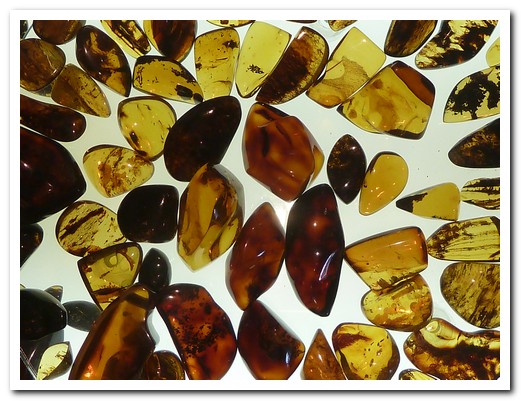
The different colours of amber sold all over town

Pam´s amber

Our first Mexican wine - Domecq XA Blanc de Blancs, delicious

Sopa de Pan, local speciality, bread soaked in chicken stock with vegetables and banana

Iglesia San Cristóbal (patron Saint of travellers/drivers), high on a hill

A procession of transport drivers taking the statue of San Cristóbal to Chamula
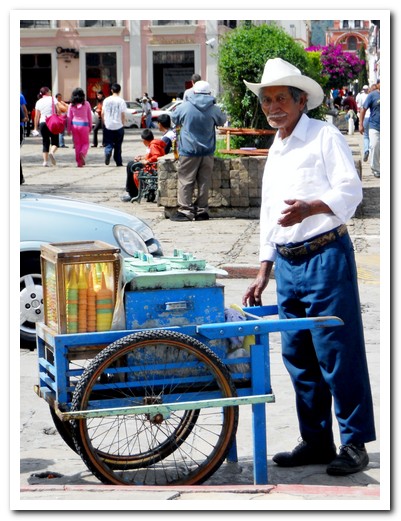
Ice-cream man in the plaza

Sumidero Canyon

Waterfall in the Canyon

Vultures surround a crocodile

Pelican resting in a tree over the water

The Cathedral at Chiapa de Corzo - 16th century

Traditional dress for fiestas

1562 fountain resembling a Spanish crown

Sunday market outside the church at San Juan Chamula

Templo de San Juan
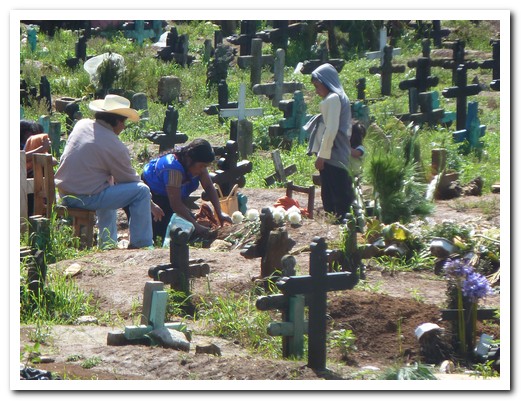
Family tending to a grave in the Mayan cemetery

Newly baptised baby

Families celebrate together after the baptism

Iglesia de San Lorenzo
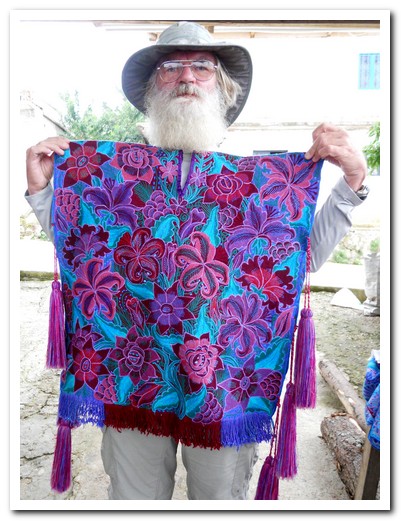
Mountain monkey tries a San Lorenzo Zinacantán men´s tunic
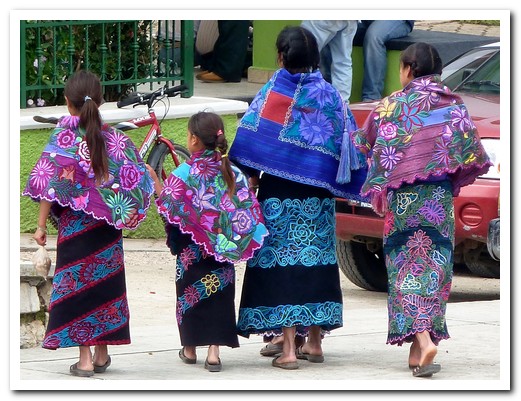
Women wear brightly embroidered skirts and shawls

Backstrap weaving done by the village women

Fresh tortillas cooked on a comal over an open fire

The indigenous church are Aguacatenango, walls 3 meters thick, interesting paintings

Lady hand making pottery at Amatenango

Maya cemetery at Romerillo, the boards on the graves are doors to the heavens